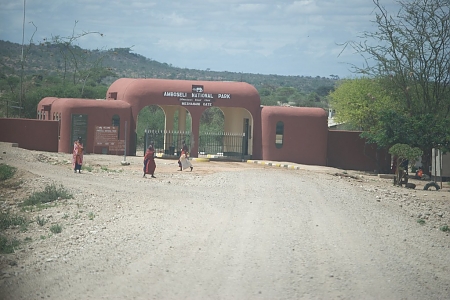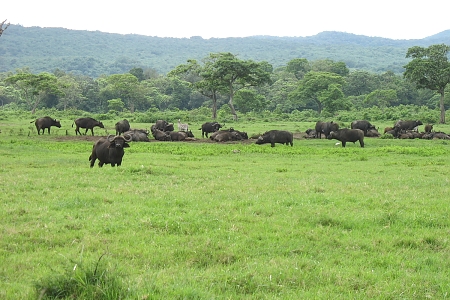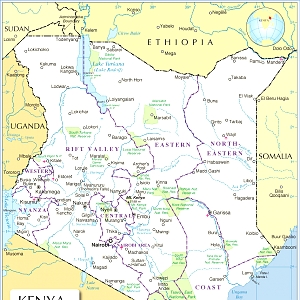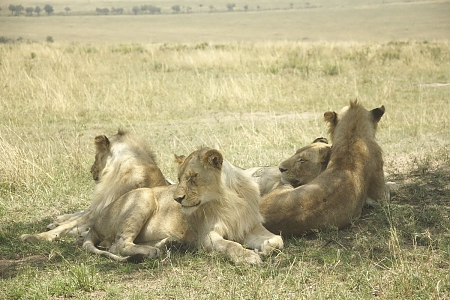
KENYA
Safaris
KENYA
22 found
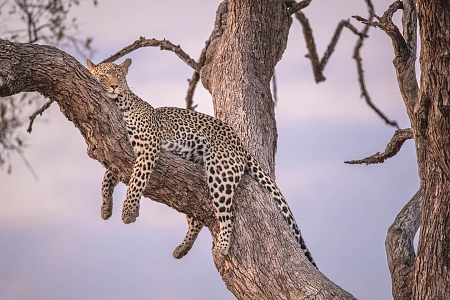
14 Days: Serengeti – Maasai Mara and Mauritius Safari 14 Days / 13 Nights

12 Days – Gorilla Trekking – Maasai Mara – Serengeti and Crater Safari 12 Days / 11 Nights
_450_300shar-50brig-20_c1_c_t.jpeg)
12 Days - Victoria Falls - Chobe - Masai Mara and Serengeti 12 Days / 11 Nights
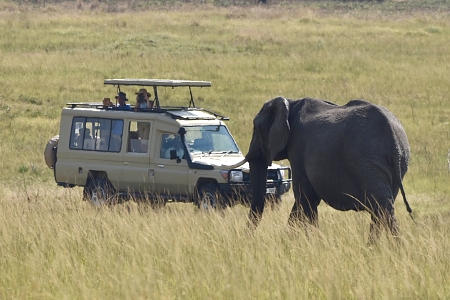
12 Days – Serengeti - Maasai Mara and Madagascar 12 Days / 11 Nights
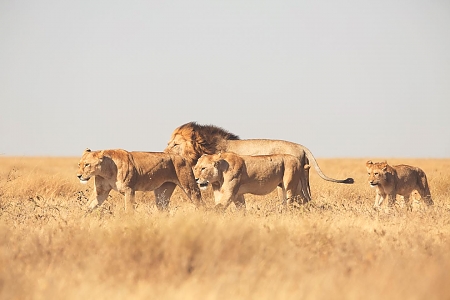
11 Days – Victoria Falls - Maasai Mara and Serengeti 11 Days / 10 Nights
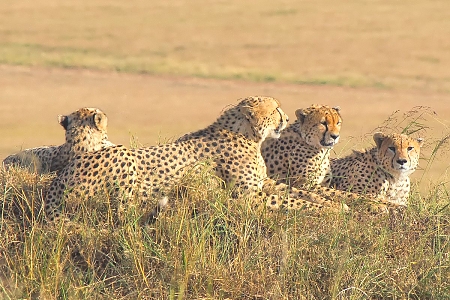
17 Days Best of Tanzania, Kenya and Madagascar 17 Days / 16 Nights
